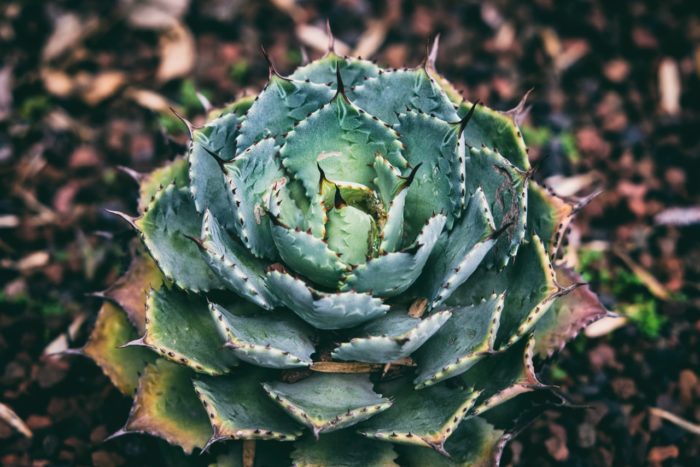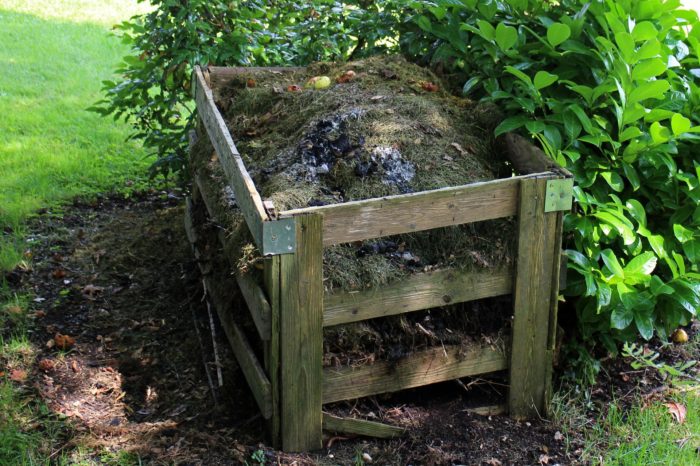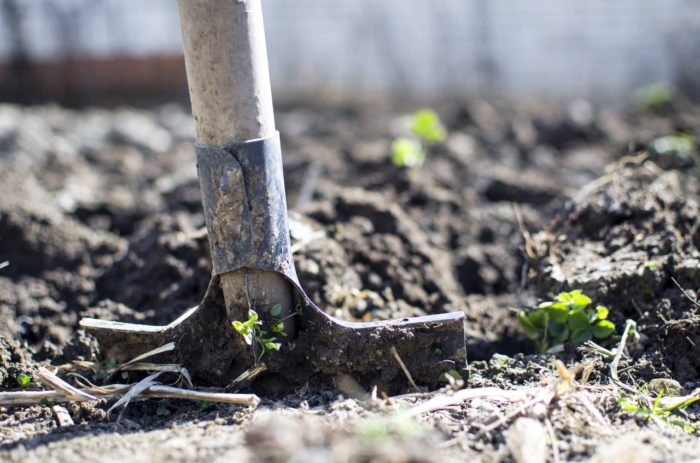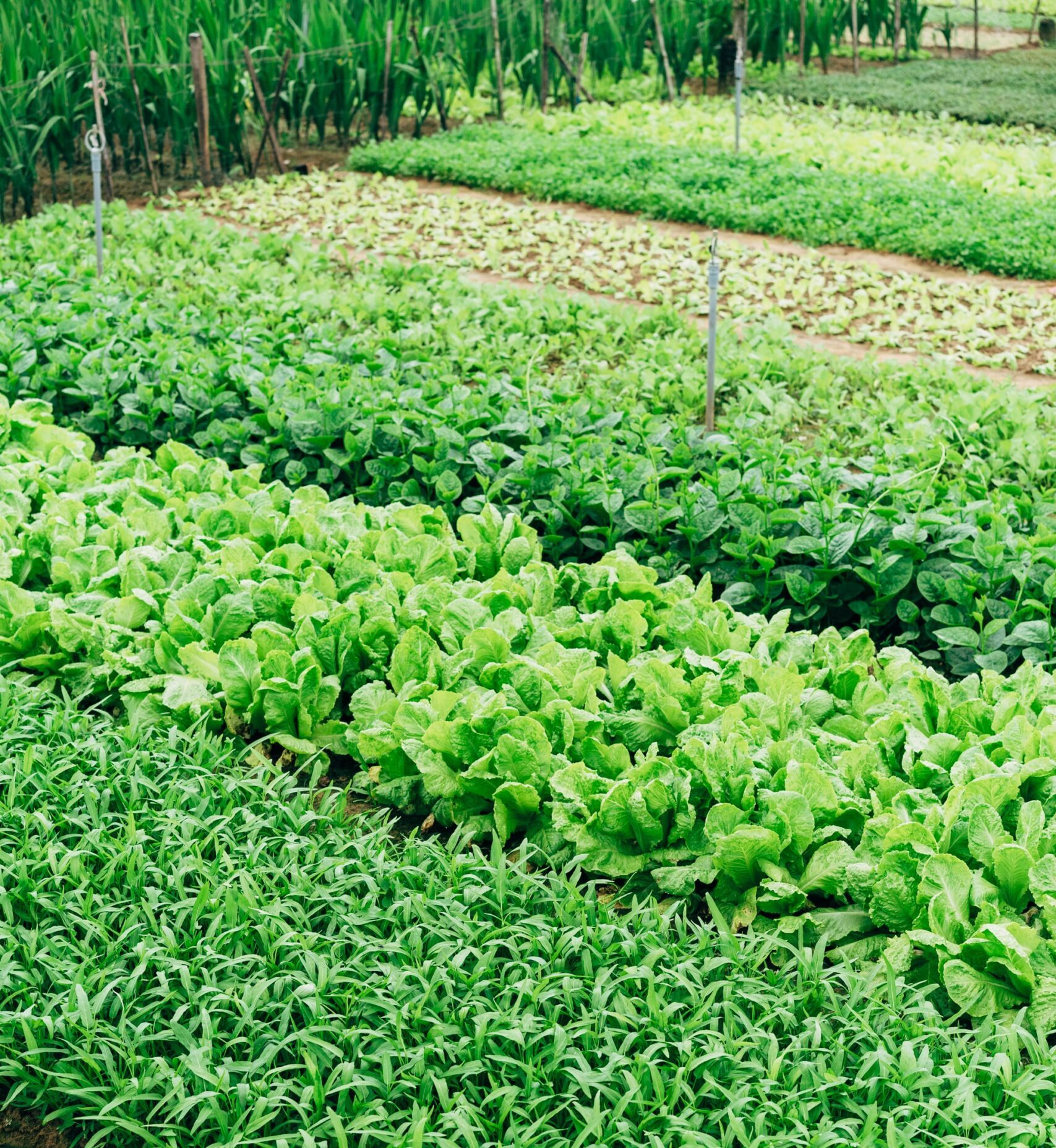Taking care of your front yard can be tedious, to say the least. In order to maintain that perfectly manicured lawn, there’s watering, mowing, trimming, edging, raking, and fertilizing to be done—enough to fill any homeowner with dread. Well, you may be surprised to learn that the lush green lawn you’ve spent so much time and energy on perfecting may actually be bad for the environment—and your health as well! For this reason, eco lawn care is an important priority for more and more people.
Across the United States, lawns account for 30 to 40 millions acres of overall land. Although they may be visually appealing and semi-functional—acting as carbon sinks—lawns are actually a source of greenhouse gas emissions. Research shows that mowing, fertilizing, and leaf blowing release more greenhouse gases into the atmosphere than lawns are able to remove. The average lawn also uses over 830 gallons of water each month and nearly 90 million pounds of pesticides and herbicides are used in the United States each year—chemicals which pollute water supplies, harm innocent wildlife, and increase health risks.
In order to minimize the production of air pollutants, save valuable resources, and protect your health—and the health of wildlife—it is important that lawns be maintained in a sustainable fashion. Here are five easy ways you can practice eco lawn care that will help save the earth—and your time and money, too!
1. Reduce the Size of Your Lawn

The most obvious solution to an eco lawn is quite simple—make it smaller. In order to have a low-maintenance yard and reduce your overall water usage, shrink your lawn by replacing portions of it with shrubs and large bushes. Planting more trees will also help shield your home from the sun—keeping it cooler during the summer months and warmer in the winter.
2. Try Xeriscaping

One of the best options for an eco lawn is to replace your grassy lawn with a xeriscape garden. Xeriscaping involves transforming a lawn in a way that promotes water conservation. Using drought-resistant native plants, such as succulents, xeriscapes reduce the overall amount of water needed by 50 to 75 percent! Xeriscaping has many other benefits—it eliminates the need for lawn mowers, provides safe habitats for wildlife, and doesn’t require pesticides or fertilizers. Xeriscapes are also able to flourish with little to no maintenance and are significantly cheaper than the cost of upkeep for a typical lawn.
3. Grow Your Own Food

Skip the supermarket and grow your own food! Another great way to reduce the size of your lawn is to turn a portion of it into a vegetable garden. Since produce has to travel many miles in order to reach the grocery store, the food industry is a source of pollution—accounting for nearly 20 to 30 percent of the country’s overall carbon emissions. Growing your own food is a great way to reduce these environmental impacts, while also giving you access to fresh, organic food. Try growing your own vegetable garden—it’s relatively easy and can be significantly cheaper than purchasing organic produce from the store.
4. Compost

Whether you’ve accidentally killed a plant or have raked up fallen leaves, composting your lawn materials, along with your kitchen waste, is a great alternative to sending them to the landfill. Dubbed “black gold,” organic compost material is one of the most important eco lawn products—making it a terrific natural fertilizer capable of improving the soil and maintaining the overall health of plants. If you’re new to the composting process, don’t fret! Compost bins are easy to make and are relatively inexpensive.
5. Eco-Friendly Maintenance

Although many alternatives to traditional lawns require little to no maintenance, it is still important that you use sustainable upkeep methods when caring for your yard. Surprisingly, the Environmental Protection Agency indicates over 17 million gallons of gas is spilled each year in attempts to fill the tanks of lawnmowers. Gas lawnmowers also contribute to 5 percent of the overall air pollution, so if you do retain a portion of your grassy lawn—use an electric or manual lawnmower instead. If you find yourself needing to water your lawn, try placing a rain barrel in your yard. It will store rainwater when it rains, which you can use to water your lawn at a later time—just be sure to place a protective screen over it to keep insects and small animals out.
Have you tried any of these tips for taking care of an eco lawn?
Also by Audrey: Sugar Gliders Are The Cutest–But Buying Them As Pets Is No Way to Love Animals
Related: How to Grow Your Own Kitchen Garden
5 Surprising Ways Houseplants Will Heal Your Burnout, According to Science
Get more like this—Subscribe to our daily inspirational newsletter for exclusive content!
__




